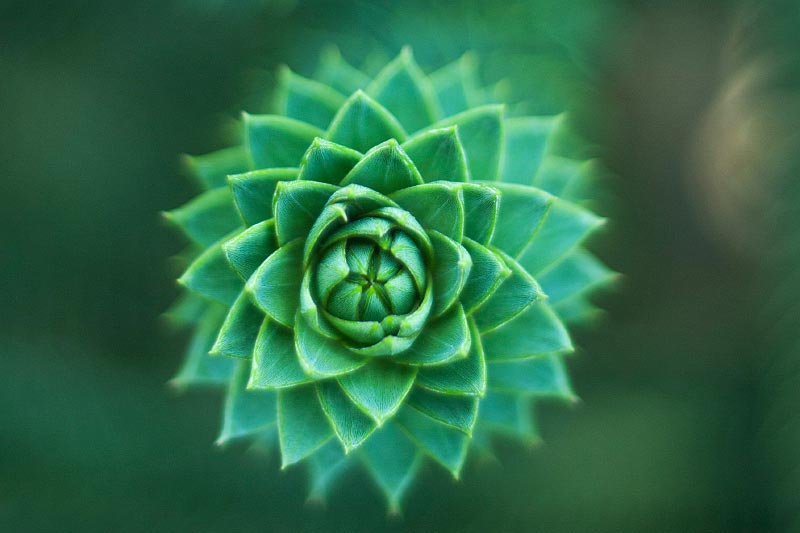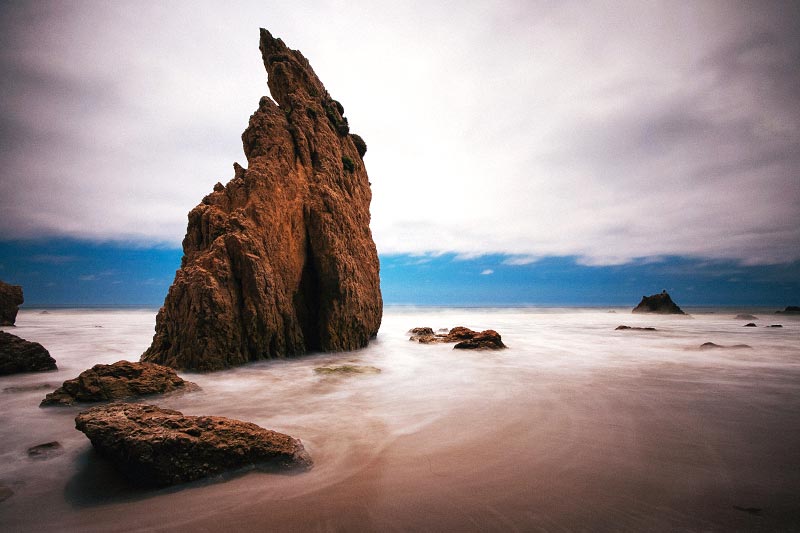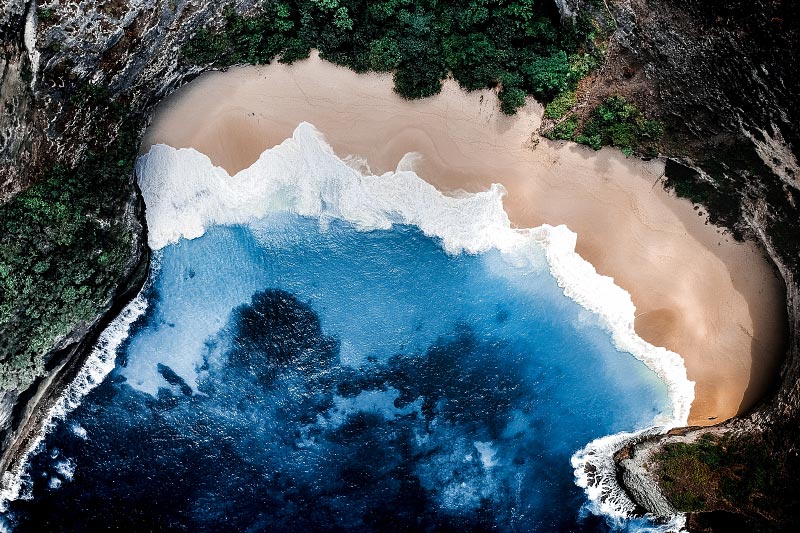About the Museum
Cabot’s Pueblo Museum is a remarkable living museum that is still being used and enjoyed by people today.
About the Museum
Cabot’s Pueblo Museum is a remarkable living museum that is still being used and enjoyed by people today.
Our Mission
The Cabot’s Museum Foundation’s mission is to promote and preserve Cabot Yerxa’s legacy of cultural respect, education, art, community, and the desert habitat. Select a topic to learn more about our mission in action!
Our Mission
The Cabot’s Museum Foundation’s mission is to promote and preserve Cabot Yerxa’s legacy of cultural respect, education, art, community, and the desert habitat. Select a topic to learn more about our mission in action!
Cabot Yerxa
ABOUT THE MAN
Cabot Yerxa was a man who took risks, traveled, and was one of the founders of Desert Hot Springs. The story we share with our visitors and students is Cabot Yerxa’s legacy of community visionary, artist, humanitarian, and environmentalist.
In 1913, at the age of 30, Cabot homesteaded 160 acres in what is now Desert Hot Springs. In need of water, he dug a well with a pick and shovel near his home and re-discovered the now famous hot minerals the area is renowned for. He dug another well 600 yards away from his home and located the pure cold water of the Mission Springs Aquifer. The two wells, one hot and one cold, led Cabot to name his homestead Miracle Hill.
After proving his homestead, he relocated to Washington, was drafted into the U. S. Army, and traveled to South America and Europe. Eventually, returning to the area in the late 1930s to make Desert Hot Springs his home.
Cabot Yerxa
ABOUT THE MAN
Cabot Yerxa was a man who took risks, traveled, and was one of the founders of Desert Hot Springs. The story we share with our visitors and students is Cabot Yerxa’s legacy of community visionary, artist, humanitarian, and environmentalist.
In 1913, at the age of 30, Cabot homesteaded 160 acres in what is now Desert Hot Springs. In need of water, he dug a well with a pick and shovel near his home and re-discovered the now famous hot minerals the area is renowned for. He dug another well 600 yards away from his home and located the pure cold water of the Mission Springs Aquifer. The two wells, one hot and one cold, led Cabot to name his homestead Miracle Hill.
After proving his homestead, he relocated to Washington, was drafted into the U. S. Army, and traveled to South America and Europe. Eventually, returning to the area in the late 1930s to make Desert Hot Springs his home.



Cabot’s Museum.
ABOUT THE PUEBLO
Cabot Yerxa began building the pueblo in 1941, when he was 58 years old. The pueblo was to be a museum and home for Cabot and his wife, Portia.
The Hopi-inspired building is hand-made and created from reclaimed and found materials from throughout the Coachella Valley. Cabot used recovered lumber from his original homestead. Additionally, he purchased abandoned cabins and dismantled them to use the materials for the pueblo, going so far as to straighten out used nails. Much of the pueblo is made from adobe-style and sun-dried bricks.
Filled with Native American art and artifacts, souvenirs of Cabot’s travels around the world, and Cabot’s own works of art, the museum officially opened to the public in 1950. The Pueblo has four stories, is 5,000 square feet and includes 35 rooms, 150 windows, 30 rooflines, and 65 doors.
Cabot’s Museum.
ABOUT THE PUEBLO
Cabot Yerxa began building the pueblo in 1941, when he was 58 years old. The pueblo was to be a museum and home for Cabot and his wife, Portia.
The Hopi-inspired building is hand-made and created from reclaimed and found materials from throughout the Coachella Valley. Cabot used recovered lumber from his original homestead. Additionally, he purchased abandoned cabins and dismantled them to use the materials for the pueblo, going so far as to straighten out used nails. Much of the pueblo is made from adobe-style and sun-dried bricks.
Filled with Native American art and artifacts, souvenirs of Cabot’s travels around the world, and Cabot’s own works of art, the museum officially opened to the public in 1950. The Pueblo has four stories, is 5,000 square feet and includes 35 rooms, 150 windows, 30 rooflines, and 65 doors.
Make a Donation.
Your donations keep Cabot’s Museum Foundation alive and the legacy of Cabot Yerxa thriving.
The pueblo, property, and the collection is owed by the city of Desert Hot Springs. Cabot’s Pueblo Museum is operated and managed by Cabot’s Museum Foundation, which is a 501c(3) non-profit organization. The Foundation relies on individual donors, grants, admission fees, and store sales to continue to share Cabot’s legacy of cultural respect, desert habitat, education, art, and share.
Make a Donation.
Your donations keep Cabot’s Museum Foundation alive and the legacy of Cabot Yerxa thriving.
The pueblo, property, and the collection is owed by the city of Desert Hot Springs. Cabot’s Pueblo Museum is operated and managed by Cabot’s Museum Foundation, which is a 501c(3) non-profit organization. The Foundation relies on individual donors, grants, admission fees, and store sales to continue to share Cabot’s legacy of cultural respect, desert habitat, education, art, and share.





















Keep In Touch